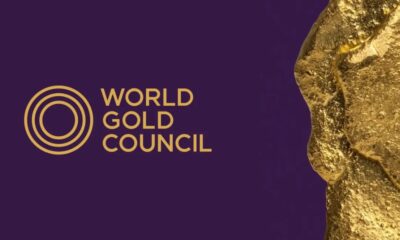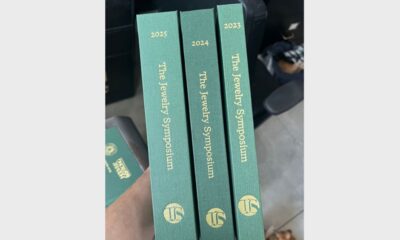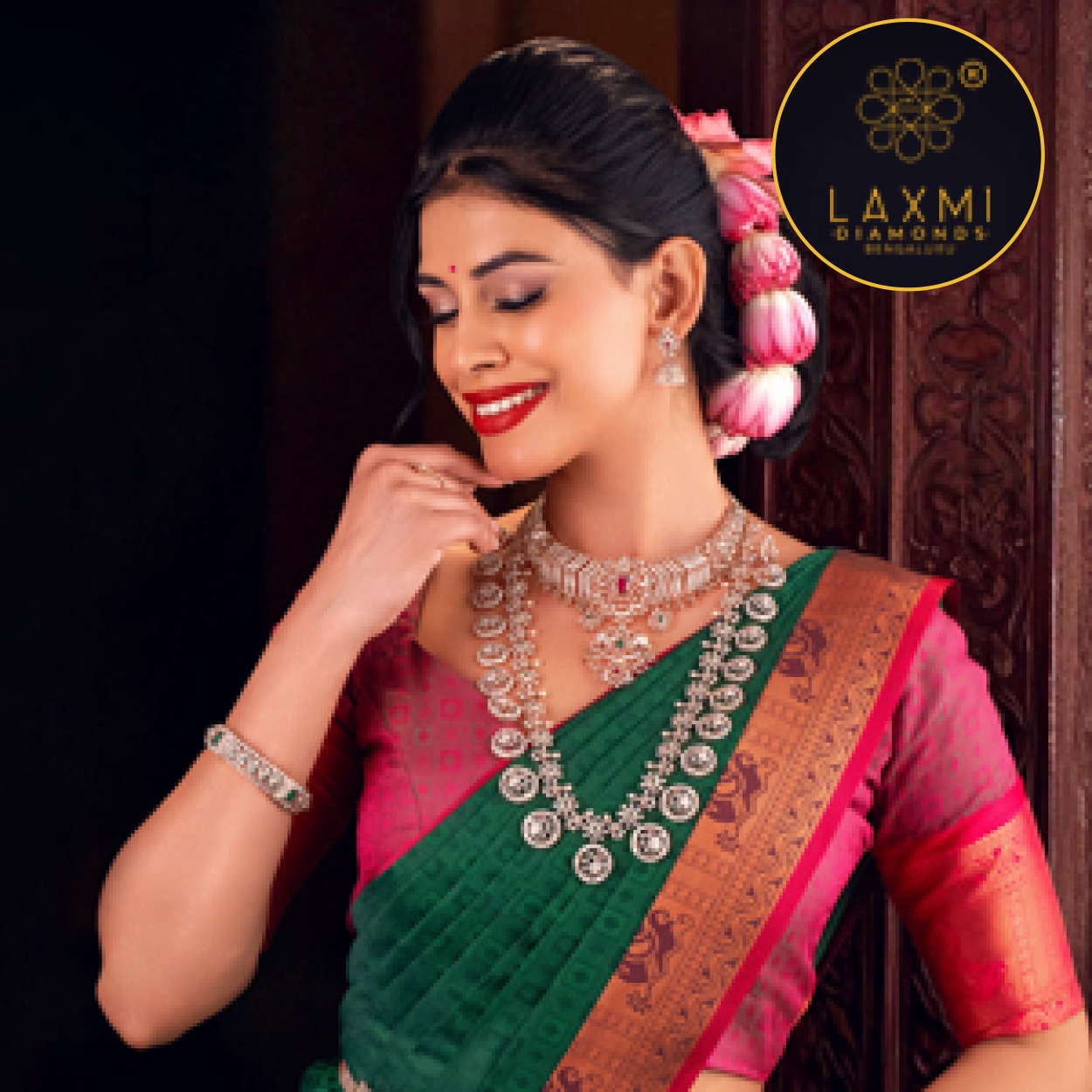JB Insights
Gold Prices May Touch ₹1 Lakh in H2 2025 Amid Strong Investment Demand: ICICI Report

Gold prices in India are expected to trend higher in the second half of 2025, potentially reaching the ₹1,00,000 per 10 grams mark, according to a report by ICICI Bank Global Markets. Prices are currently trading in the range of ₹96,500 to ₹98,500 per 10 grams, but are forecasted to edge upward due to sustained investment demand and a mild depreciation in the Indian Rupee.
“Local gold prices are expected to continue trading with an upside bias, moving from a near-term range of ₹96,500–₹98,500 to the ₹98,500–₹100,000 range in H2 2025,” the report stated.
In June, domestic gold prices rose by 0.6% despite a global slowdown in momentum, supported by a 0.2% decline in the rupee. However, jewellery demand showed signs of weakening, with gold imports declining from USD 3.1 billion in April to USD 2.5 billion in May.
Investment demand, in contrast, remains strong. AMFI data showed net inflows of ₹2.92 billion into gold ETFs in May, following two months of outflows. Globally, SPDR Gold ETF holdings increased from 930 tonnes on June 1 to 948 tonnes by July 1, and speculative net long positions rose by 13,000 lots.
Despite gold’s YTD gains of 28%, prices have remained flat in recent weeks due to improving global risk sentiment. Key geopolitical developments, including a ceasefire between Israel and Iran and progress on U.S. trade agreements with the UK, Vietnam, Japan, India, and the EU, have eased safe-haven demand.
“The upshot is that easing geopolitical tensions and expectations that trade-war 2.0 could ease in magnitude have worked to limit further sharp upside emerging in gold prices,” the report noted.
While jewellery demand remains soft, strong investment-related buying continues to underpin the yellow metal’s upward momentum.
JB Insights
WGC REPORT :Portfolio resiliency-Gold’s role amid economic crosscurrents
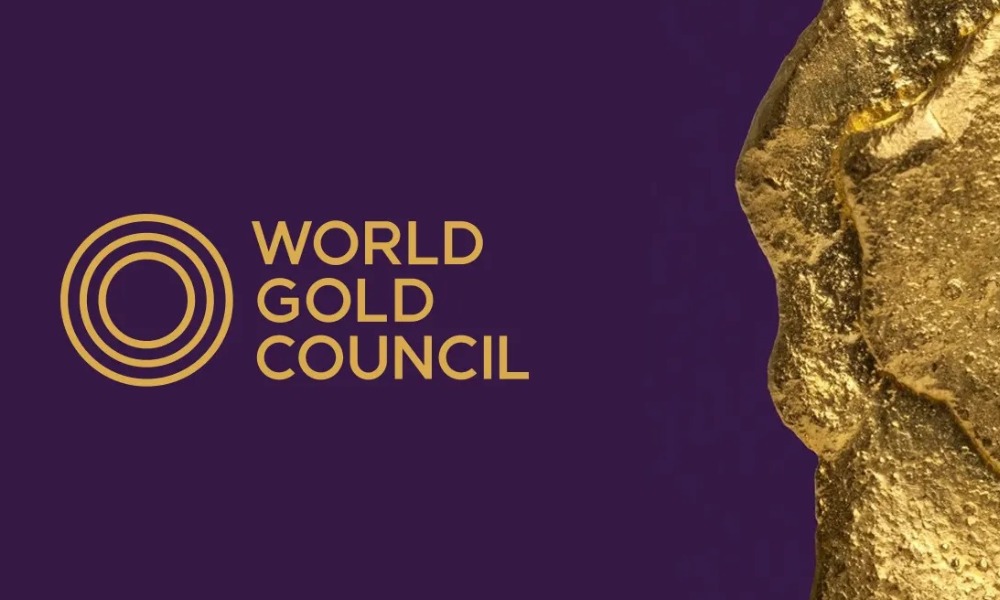
Since the publication of our Why gold in 2025? A cross-asset perspective report earlier this year, much has happened on the policy front and in the broader economy. Uncertainties and vulnerabilities remain across geopolitical, fiscal, and trade domains. Investors are particularly concerned about growth and inflation, creating a challenging situation for policymakers as the dual policy goals of the Federal Reserve are in direct conflict. With persistent fears of stagflation, gold has once again stepped into the spotlight, rising more than 50% this year.1 Importantly, the core reasons for considering alternative assets such as gold, as outlined in our May report, remain largely unchanged.
First, equities appear complacent. US equities have posted remarkable gains in recent months, reigniting concerns about valuation excess and concentration risk. Indeed, investors face a market that feels euphoric on the surface but remains fragile underneath. Should economic pressures mount , investors may increasingly seek refuge in safe-haven assets, with gold standing out as a historically resilient option, as outlined in our mid-year outlook.
Second, bond markets remain uncertain. The Fed officially resumed its easing cycle in September, cutting the federal funds rate by 25 basis points in response to a cooling labour market (Chart 1) – an action widely anticipated by markets. However, US long-term yields could face renewed upward pressure if tariffs and reshoring efforts drive domestic costs higher, complicating the Fed’s inflation target. At the same time, long-term treasuries remain exposed to concerns over the Federal Reserve’s independence and the US government’s sizeable fiscal funding needs.
Against this backdrop, gold’s appeal as a hedge against both equity and bond market instability is growing – though risks exist. As we discussed in our recent blog, gold’s rapid ascent could prompt rebalancing and profit taking. For example, from a technical standpoint, the monthly Relative Strength Index (RSI) is above 90 and gold is sitting more than 20% above its 200-day moving average. These factors could lead to short-term reversals. In addition, the sharp increase in the gold price could dampen consumer demand while global trade normalisation and a pick-up in GDP growth could revive risk appetite further.
In summary, maintaining a diversified approach and remaining vigilant to shifting market dynamics is essential. Amidst a growing investor base, secular US dollar weakness and continued geoeconomic uncertainty, gold’s enduring resilience and diversification benefits remain as relevant as ever.
-
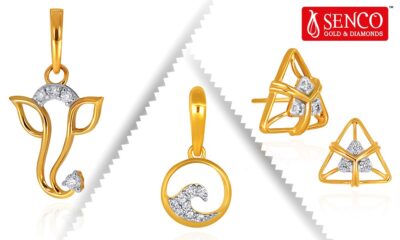
 National News2 weeks ago
National News2 weeks agoSenco Gold & Diamonds launches affordable 9k gold jewellery starting under ₹7,000, a Game-changer amid fluctuating gold prices this Dhanteras
-
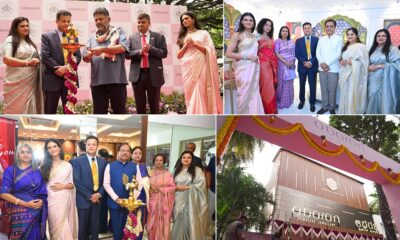
 GlamBuzz2 days ago
GlamBuzz2 days agoAbaran Jewellers conducts grand reopening of flagship showroom at J.P. Nagar South Bangalore
-

 National News23 hours ago
National News23 hours agoGold loan NBFC stocks face pressure as gold prices decline
-

 JB Insights2 weeks ago
JB Insights2 weeks agoJewellery industry optimistic despite rising gold prices




